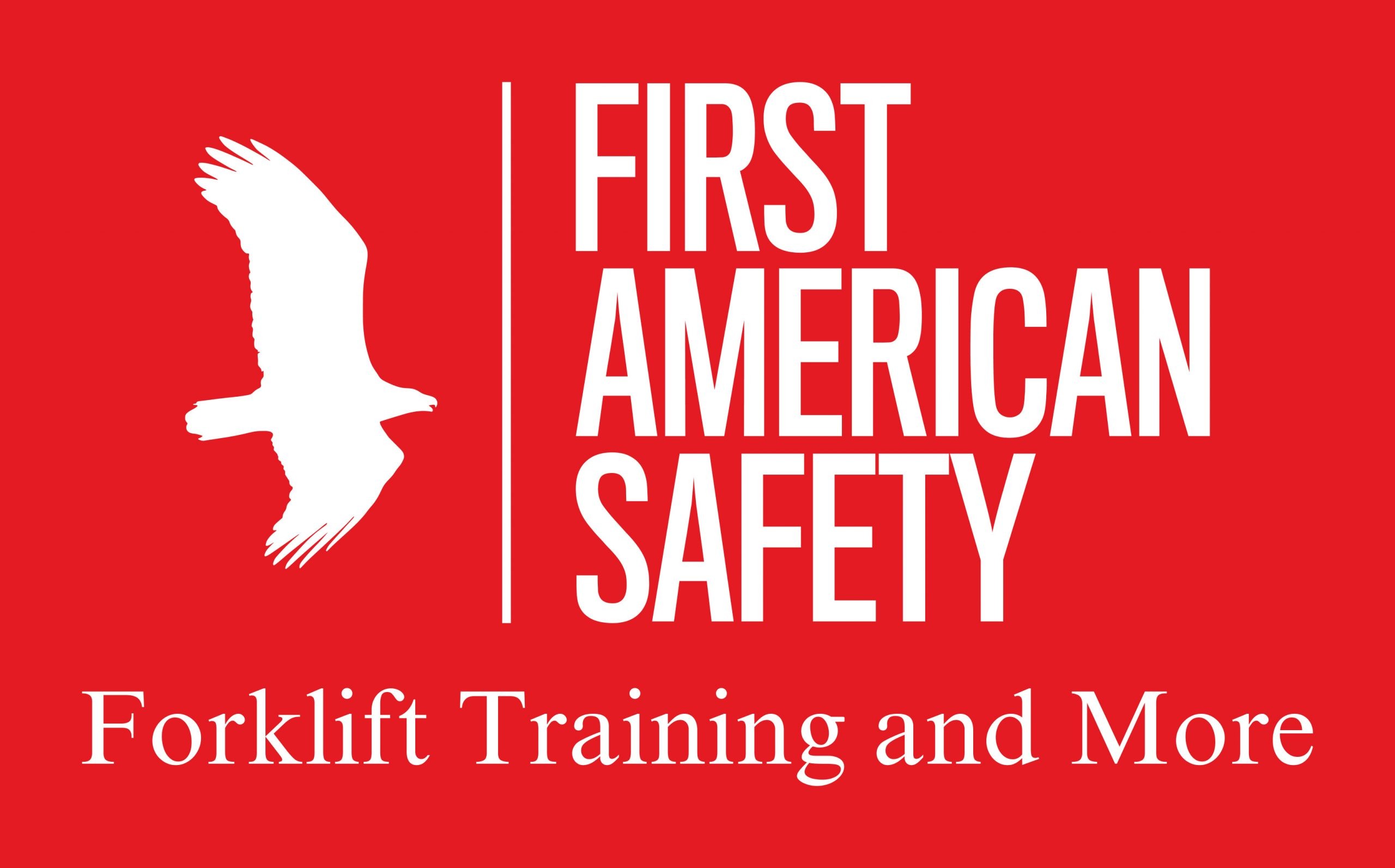Rigging Training Essentials – Course Description
The Basic Rigging Bundle is an online training program designed to provide foundational knowledge for safe rigging practices in industries such as construction, oil and gas, and manufacturing. This self-paced course allows learners to complete training at their convenience, making it ideal for professionals seeking to enhance their skills or meet workplace safety requirements. The course emphasizes practical applications and compliance with safety standards, ensuring participants are equipped to handle basic rigging tasks effectively. Upon completion, learners receive a certificate, validating their understanding of essential rigging principles.
Rigging Training Course Content
This rigging training bundle covers critical topics to ensure safe and efficient rigging operations. Key course content includes:
Practical Applications: Real-world scenarios and best practices for rigging in various industrial settings.
Rigging Hardware and Slings: Understanding the selection, inspection, and use of rigging equipment such as slings, shackles, and hooks.
Safe Rigging Practices: Techniques for proper load handling, including hitch types and load control to prevent accidents.
Equipment Inspection: Vital steps to take to ensure your equipment is safe to use and capable to doing the job.
Safety Regulations: Overview of relevant standards to ensure compliance and workplace safety.
Rigging Safety Saves Lives
Rigging safety is critical in industries like construction, manufacturing, and entertainment, where improper rigging can lead to catastrophic accidents, injuries, or fatalities. Safe rigging practices protect workers, equipment, and worksites by ensuring loads are securely lifted and moved without risk of failure. Compliance with standards like OSHA and ASME reduces the likelihood of incidents caused by equipment misuse or overloading, which can result in costly downtime, legal liabilities, and damage to property. Rigging training instills essential knowledge, teaching workers to inspect gear, select appropriate slings, and calculate load weights accurately, minimizing hazards like dropped loads or equipment failure.
Beyond protecting lives, rigging safety enhances operational efficiency and workplace morale. Properly trained workers execute tasks confidently, knowing they follow best practices that prioritize safety. This fosters a culture of accountability, reducing errors and boosting productivity. Neglecting rigging safety can erode trust, increase insurance costs, and harm a company’s reputation. Investing in rigging training ensures compliance, mitigates risks, and promotes a safer work environment. By prioritizing rigging safety, businesses safeguard their workforce and assets while maintaining operational excellence, making it an indispensable component of industrial operations.

